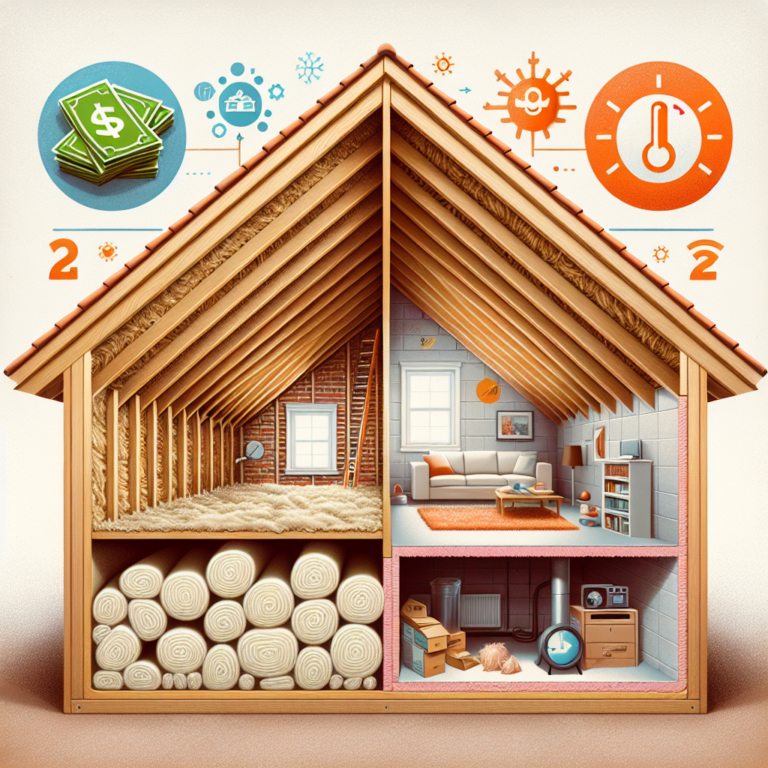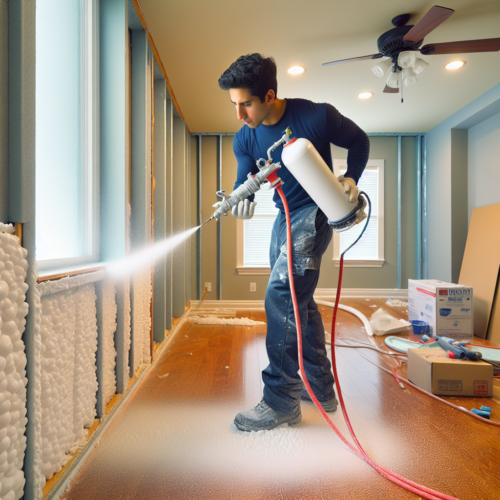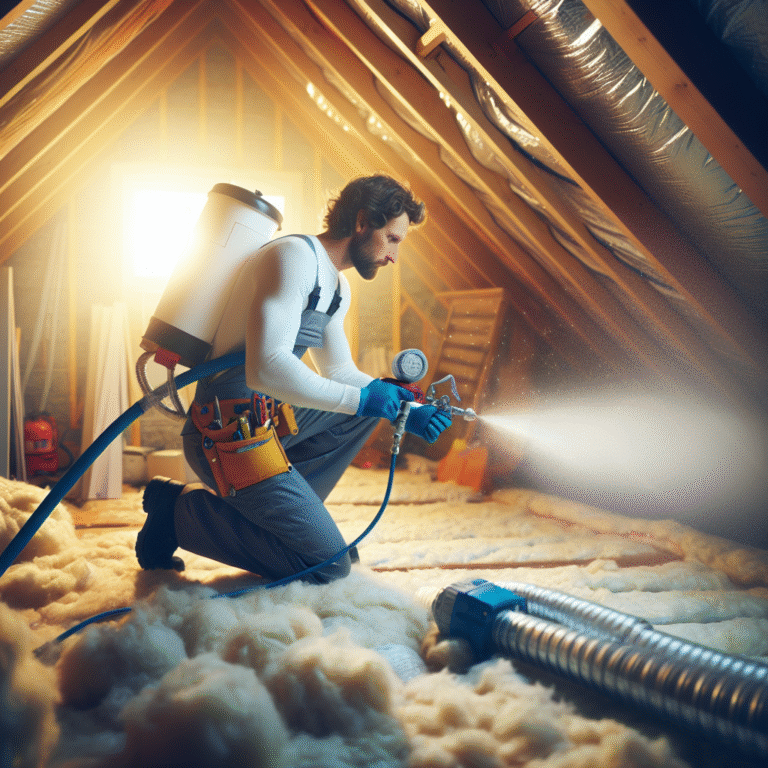Say Goodbye to Uncomfortable Temperatures: Blown-In Insulation for Houston Properties
Introduction
Indoor temperature swings can turn a Houston home into a sauna one moment and a freezer the next. In a city where summer highs often top 95°F and winter lows can dip into the 40s, maintaining a consistent, comfortable climate under one roof is a challenge. Fortunately, blown-in insulation offers a cost-effective, efficient solution. By sealing gaps and filling cavities, blown-in insulation creates a continuous thermal barrier that stabilizes indoor temperatures, reduces energy bills, and enhances overall comfort.
Benefits of Blown-In Insulation for Houston Homes
Blown-in insulation—also known as loose-fill insulation—consists of tiny particles of fiberglass, cellulose, or mineral wool that are sprayed into attics, walls, and crawl spaces. These particles interlock to form a dense blanket that conforms to any shape or void. Key advantages include:
• Consistent Indoor Comfort: The interwoven fibers seal cracks and voids, preventing hot air infiltration in summer and heat loss in winter. This results in fewer thermostat adjustments and a more stable living environment.
• Energy Savings: According to the U.S. Department of Energy, proper insulation can cut heating and cooling costs by up to 20%. Blown-in insulation reduces the workload on HVAC systems, leading to noticeable drops in monthly energy bills.
• Noise Reduction: The dense layer of insulation dampens sound transmission, muffling street noise, neighbor chatter, and HVAC equipment hum for a quieter home.
• Eco-Friendly Materials: Many blown-in products are made from recycled paper or post-industrial fiberglass. No harmful formaldehyde or VOCs are released, and the installation process generates minimal waste.
• Fast, Non-Invasive Installation: Technicians can retrofit existing homes without tearing out drywall or roofing. Blown-in insulation can be installed in a single day with minimal disruption.
How Spray Foam Insulation Supports Blown-In Insulation Performance
In some Houston properties, combining blown-in insulation with spray foam can deliver even greater thermal protection. Spray foam insulation adheres directly to framing members, instantly creating an airtight seal that prevents air leakage. When spray foam fills the rim joist, wall cavities, or attic eaves, it stops the pathways for moisture and drafts. Blown-in insulation then blankets the remaining cavities, boosting overall R-value without the risk of settling over time.
Benefits of this hybrid approach include:
• Superior Air Sealing: Closed-cell spray foam can achieve an R-value of up to R-7 per inch, blocking vapor intrusion and reducing condensation.
• Enhanced Structural Rigidity: Spray foam adds wind-load resistance to walls and roofs, a useful feature in hurricane-prone Houston.
• Maximum Coverage: Blown-in insulation fills irregular spaces around plumbing, wiring, and HVAC ducts, ensuring no weak points remain.
• Long-Term Durability: Neither material compresses or sags, so performance remains consistent for decades.
The Importance of Blown-In Insulation for Consistent Indoor Temperatures
Why invest in blown-in insulation? Without an effective thermal barrier, even the most powerful air conditioner or furnace will struggle to maintain setpoints. Air leaks and thermal bridging force HVAC units to cycle more frequently, driving up utility costs and shortening equipment life. Properly installed blown-in insulation:
• Reduces HVAC cycling by up to 50%, extending system longevity.
• Eliminates cold or hot spots in poorly insulated attics, walls, and crawl spaces.
• Lowers peak electricity demand during Houston’s punishing summer months.
• Helps homes qualify for energy-efficiency rebates and tax credits, offering additional savings.
Q&A about Blown-In Insulation
Q: What makes blown-in insulation better than batts?
A: Blown-in particles conform to any cavity shape, sealing gaps that batts often miss. They also resist settling, maintaining their R-value over time.
Q: Can blown-in insulation cause moisture problems?
A: High-quality cellulose and fiberglass products are treated with fire retardants and mold inhibitors. When combined with proper attic ventilation or spray foam air sealing, moisture risks are minimal.
Q: How long does blown-in insulation last?
A: When correctly installed, blown-in insulation can last the lifetime of the structure—often 30 years or more—without the need for replacement or topping off.
Conclusion
Consistent indoor temperatures are within reach for every Houston homeowner. Blown-in insulation delivers a seamless thermal envelope that keeps hot air out, traps conditioned air in, and quiets the home environment. Whether used alone or paired with spray foam insulation, blown-in insulation stands out as a reliable, eco-friendly, and cost-effective strategy. Say goodbye to uncomfortable temperature swings and sky-high energy bills—invest in blown-in insulation today for year-round comfort and savings.












